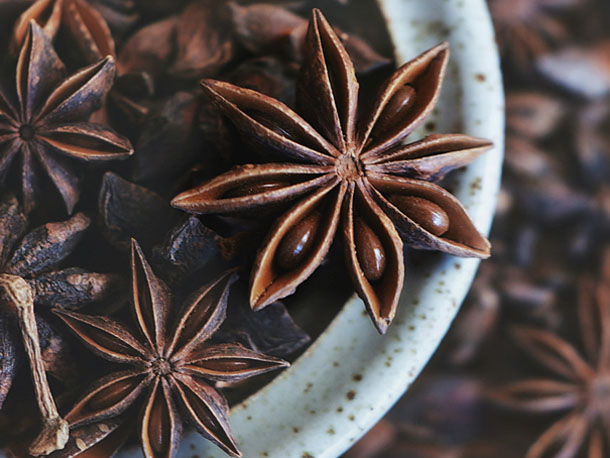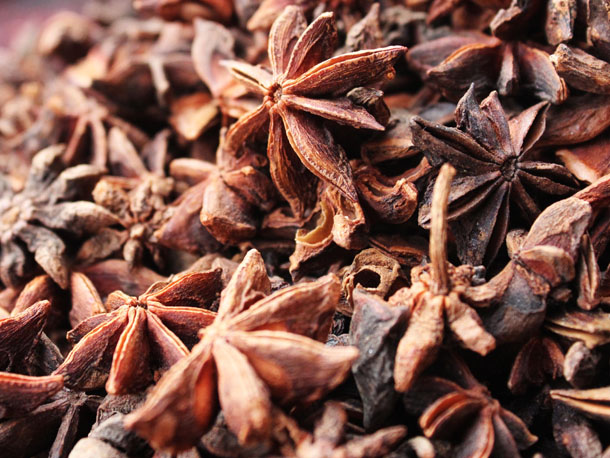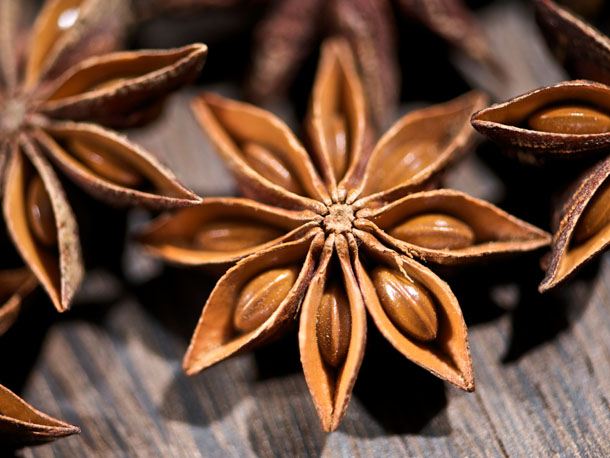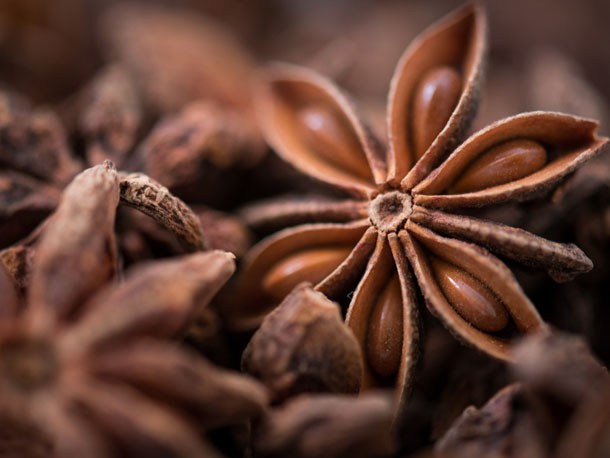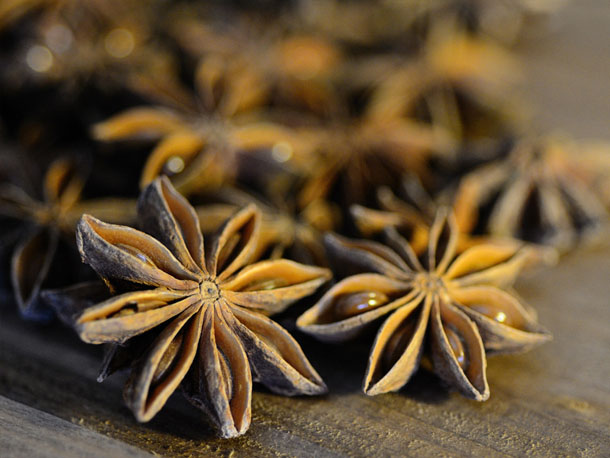Star anise’s use as bird flu drug spurs demand
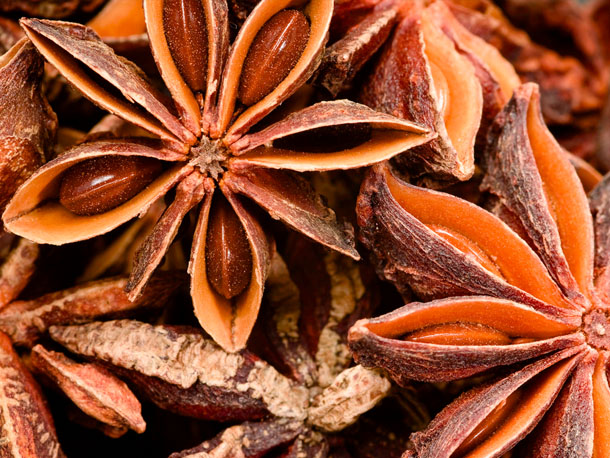
GLOBAL spice traders are bracing themselves for a possible surge in demand for Chinese star anise because the herb forms a vital ingredient in a drug that can help reduce the severity of any human outbreak of the deadly bird flu virus.
Star anise is a rare herb which is often used as a flavouring for duck dishes and to treat infants for colic.
However, it also has a vital function as the source of shikimic acid from which the drug Tamiflu, currently the world’s only defence against an avian flu pandemic, is made.
Star anise is grown in four provinces in China and huge quantities of its seeds are needed, according to Swiss drug firm Roche, which produces Tamiflu. It is claimed that only star anise grown in China is suitable for manufacture into Tamiflu and 90% of the harvest is already used by Roche. The company has faced demands to relax the patent on the drug and despite initially claiming that a shortage of raw material would make it very difficult for another manufacturer to get involved, it has shown some willingness to relax this stance over the past week.
Although Tamiflu cannot prevent infection with bird flu, it can reduce its virulence. As an effective vaccine has yet to be developed, Tamiflu is an essential safeguard against a possible pandemic.
According to recent media reports, a shortage of star anise is one of the key reasons why countries such as the UK cannot obtain enough Tamiflu to protect their populations.
However, one Rotterdam spice trader said that there had been an oversupply of star anise following Vietnam’s entry into the market a few years ago and prices had plummeted as a result. He added: “I would be very happy if the pharmaceutical companies used it because I have large stocks here.” Chinese star anise is harvested between March and May. The herb is purified and the shikimic acid extracted at the start of a 10-stage process which takes a year.

